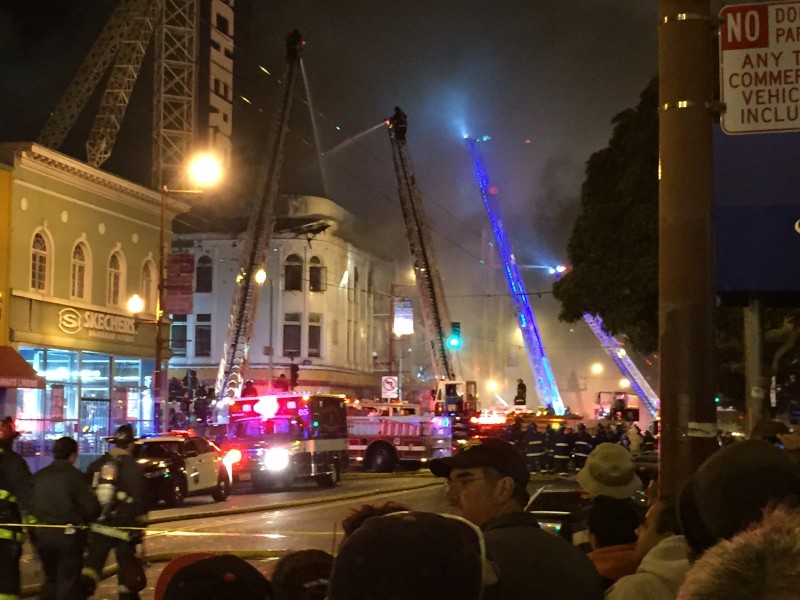Two deadly incidents -- one at Mission and 22nd streets in January and another at Treat Avenue and 24th Street in March -- exposed weaknesses in how fire and building codes were enforced and prompted Supervisors Kim and David Campos to create the task force.
The supervisors held several hearings after calling for more stringent fire safety inspections.
The task force began meeting in August and issued preliminary findings last month.
San Francisco regulations require fire alarms in apartment buildings with 16 or more units.
Many fire alarms in older apartment houses were installed in the 1970s and '80s. Owners of those older buildings have not been required to upgrade their systems to the same volume standard the city uses for newer structures.
That standard is known as the 75-decibel "pillow test." If a fire alarm installed in a hallway were to go off at that volume, it would be loud enough to wake up sleeping tenants, said Bill Strawn, a spokesman for the Department of Building Inspection.
The task force wants to require all fire alarm systems in the city to adhere to that standard, which is used throughout the country and adhered to by the National Fire Protection Association.
"In principle, it'd be a leap forward in occupant life safety, as it gets us closer to the standards of modern construction in some older structures," said Armin Wolski, a fire protection engineer and building code consultant at Berkeley's Reax Engineering.
But in practice, there are challenges, Wolski said in an email. To make the upgrades, he noted, some building owners might need to replace their alarm systems entirely.
The task force found that landlords are often confused about the time frames required to test alarm and sprinkler systems, as well as fire extinguishers and fire escapes. It's recommending that city codes be changed to outline more clearly for property managers when those safety systems must be inspected.
The group, which includes officials from the Fire, Building Inspection, and Public Health departments as well as the San Francisco Public Utilities Commission, will meet for the last time Tuesday to issue its final recommendations. The meeting will be held at 1650 Mission St,, fifth floor, from 10 a.m. until noon.
Their report will be sent to the Board of Supervisors for potential legislation in the coming months.
